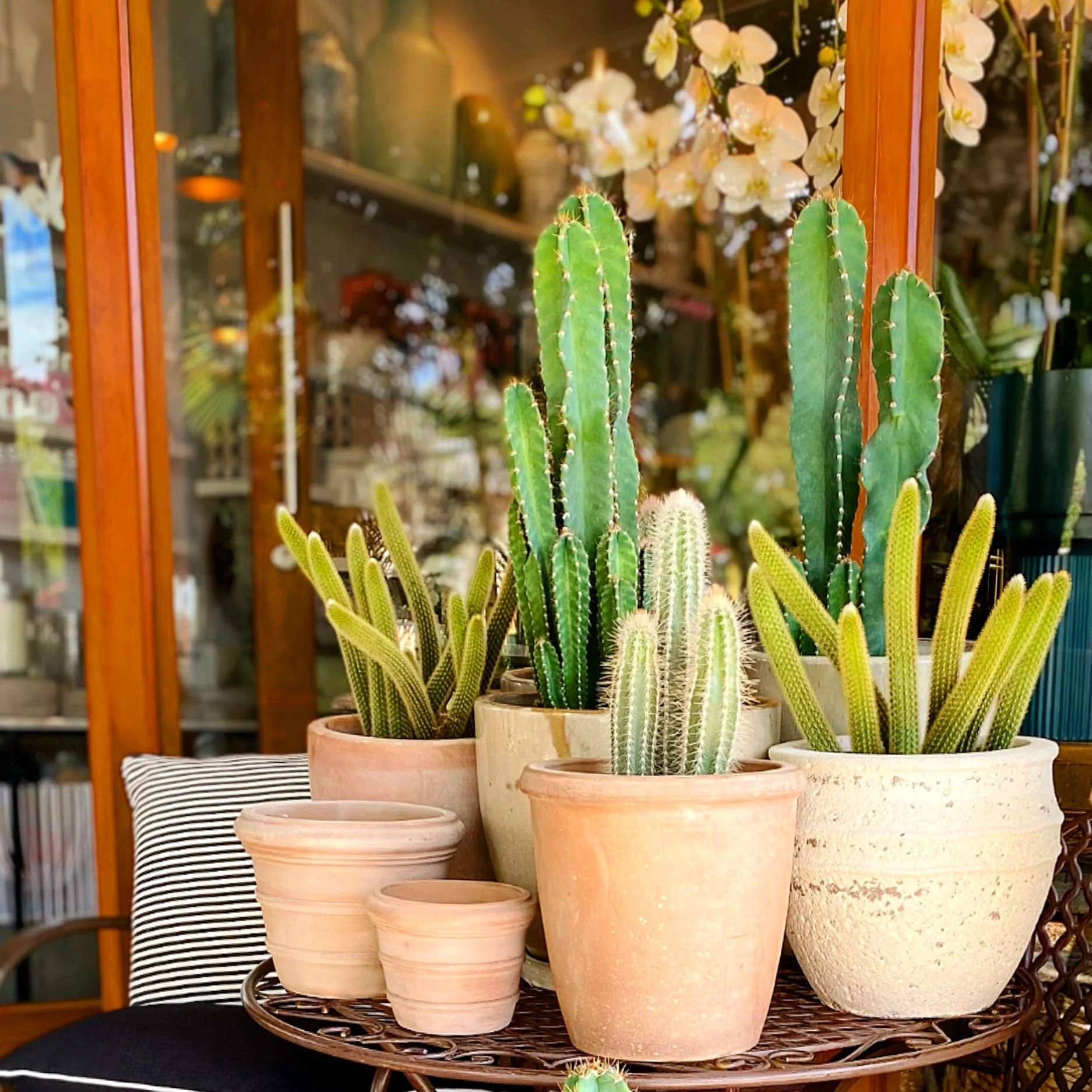There was a time when houseplants were all about lush foliage, misting schedules, and plants with names longer than IKEA bookshelves. But then, quietly, smugly, the cactus waddled into the spotlight—spiky, self-sufficient, and radiating desert-chic vibes—and suddenly, everyone wanted one. Or five.
Let’s face it: the cactus is the ultimate “I forgot to water it for a month and it’s still alive” plant. In a world where adulting is hard and commitment is terrifying, the cactus is our emotionally distant but adorable roommate. It doesn’t need you, and yet, it’s there—thriving, judging you slightly from its terracotta pot.
Why So Popular?
Cacti are like the introverts of the plant world. They don’t like too much attention, they hoard water like it’s 1999, and they definitely don’t want to be touched. And yet, we love them.
Here’s why:
Low maintenance: They survive on neglect. In fact, you’ll probably kill them faster by caring too much.
Instagram-worthy: Their sculptural forms and minimal aesthetic scream “I read design blogs.”
No-nonsense attitude: They’re the plant equivalent of someone who brings their own reusable straw and doesn’t care if you know it.
Fun(gi)-Free Cactus Facts
Some cacti can live for hundreds of years. So yes, your cactus might actually outlive your mortgage.
They flower! Some cactus blooms are short-lived but spectacular—like fireworks, but plant-based.
Cactus Celebrities
If you're ready to jump on the prickly bandwagon, here are a few varieties that have made it to the A-list:
Echinopsis (aka "the drama queen"): Blooms at night with enormous, fragrant flowers, then goes back to being a grumpy green lump.
Mammillaria (aka "the overachiever"): Small, round, and covered in dense spines, these guys often sprout charming flower crowns. It's giving tiny desert royalty.
Opuntia (aka "the paddle buddy"): Also known as prickly pear, it’s flat, funky, and sometimes edible. Think cactus meets kitchen.
Astrophytum (aka "the space nerd"): Star-shaped and often speckled like a galaxy. Looks like it should come with its own sci-fi soundtrack.
Final Thoughts from the Desert
So whether you're a seasoned plant whisperer or someone who has murdered every basil plant you’ve ever known, the cactus is here for you—quietly, spikily, and with minimal demands.
Just don’t hug it. Really. Don’t.
🌵



